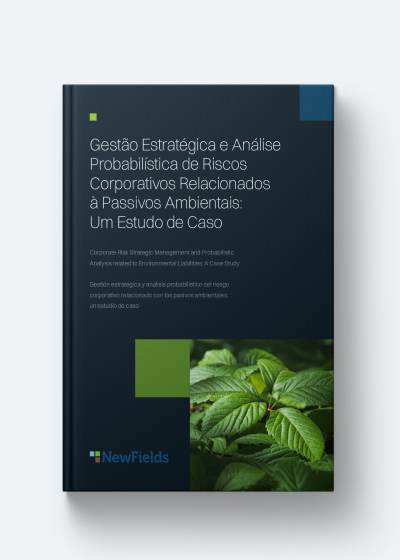Removal of chlorobenzene and benzene in contaminated soil and groundwater by chlorobenzene and benzene is a common problem at industrial sites worldwide. Since chemical remediation techniques are rarely completely effective, remnants of these contaminants often persist at levels that can still influence ecosystem health.
We evaluated the potential of Pinus taeda and Eucalyptus urograndis to accelerate the removal of these compounds from sand/water systems using a completely randomized block greenhouse experiment with a no-plant control.
At 2-day intervals, we added a solution containing both chlorobenzene and benzene with the same concentration of 50 mg L−1 (25 mg pot−1), and we monitored leachate concentrations daily. The planted treatments showed greater decrease of contaminants over time. In the absence of plants, the contaminant mass decreased 50–60% during each 2-day cycle; whereas, in the planted treatments the contaminant mass decreased 91–98%.
The results of removal of chlorobenzene with the use of Pinus taeda and Eucalyptus urograndis
At the end of the experiment the plant roots, leaves, and the sand-substrate each contained less than 1 mg kg−1 of contaminants, which is ∼1% of the total contaminant mass added. In addition, we observed no tree mortality even at concentrations exceeding the aqueous solubility limit of both compounds. Our results suggest both trees are good candidates for remediating chlorobenzene and benzene in soils and groundwater.
Artigo completo: www.tandfonline.com
Diego Barcellos, Lawrence A. Morris, Valentine Nzengung, Tiago Moura, Nehru Mantripragada & Aaron Thompson.



